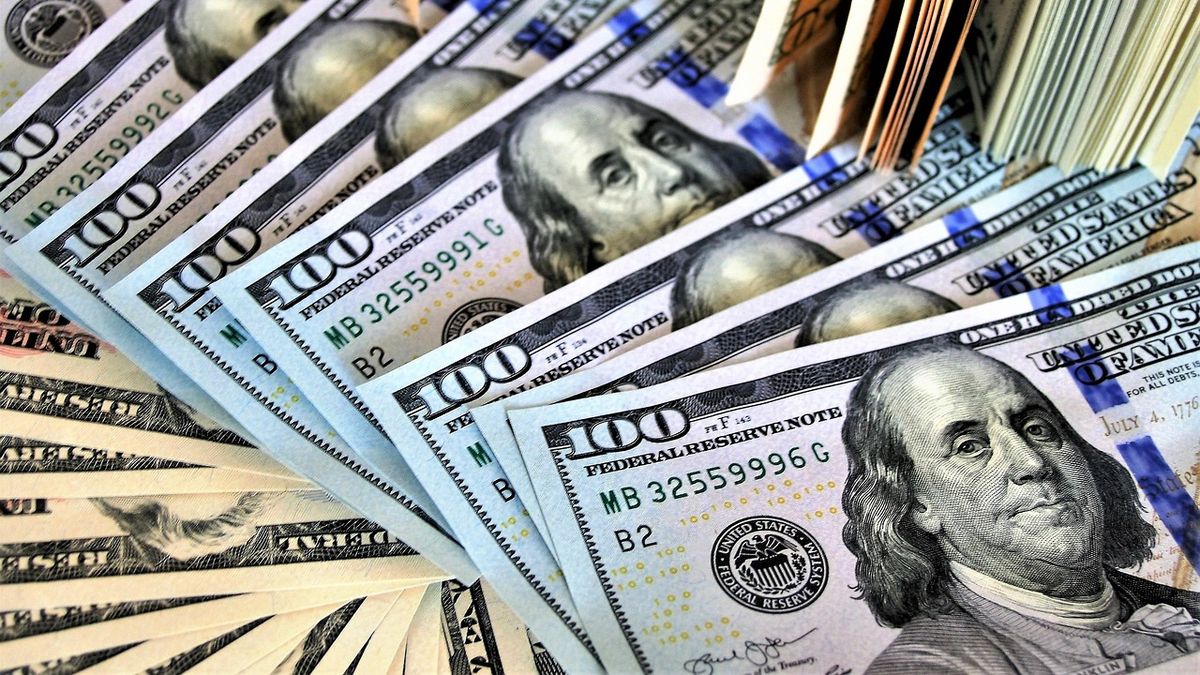The US currency is still unable to recover significantly and has fallen 2.91% so far this year.
He dollar it continues to resist going above the floor of 39 pesos, increasing the term since the last time it was above this price, more than a month ago: on the last day it registered a new drop of 0.13%, although June maintains a positive variation so far this month.
The content you want to access is exclusive to subscribers.
The 39 pesos seem like an elusive goal for the exchange rate that, despite having been very close to reaching them —with Tuesday’s price of 38,992 pesos— it has not been able to exceed after two consecutive days of decline. In this sense, the US currency closed yesterday at 0.13% less than the previous day, settling at 38,903 pesos, according to the official value of the Central Bank of Uruguay (BCU).


Despite the slight setback, June accumulates a positive variation of 0.32%. In any case, it is not enough to neutralize the poor performance of the exchange rate so far this year: since January, it has fallen by 2.91%, while in year-on-year terms, the price is 1.20% lower. below last year’s values.
A foreseeable decline
Although the behavior of the dollar is far from being the one desired by the country’s export sectors, the truth is that the drop —within what can still be considered a stable trend within a dynamic of consecutive rises and falls— could be expected after the latest economic news from the country.
In this sense, and although it is still necessary to observe the movement of the foreign currency for several days to draw more or less definitive conclusions, the improvement of the debt note by the agency fitch could be a decisive factor for peso appreciationas it constitutes support for the Uruguayan economy and, therefore, for the local currency.
This generates that the interest on the part of investors in the instruments in pesos increasescausing more dollars to enter the Uruguayan exchange market and thus increasing a supply of circulating currency that is already too large for the existing demand.
In this situation —which already has a recent precedent with ratings increases by Standard & Poor’s (S&P) and Moody’s— a pause in the easing of monetary policy by the BCU could be added, as can be assumed from the recent statements by the president of the entity, Diego Labat, on the need to considerably reduce inflation.
Source: Ambito




